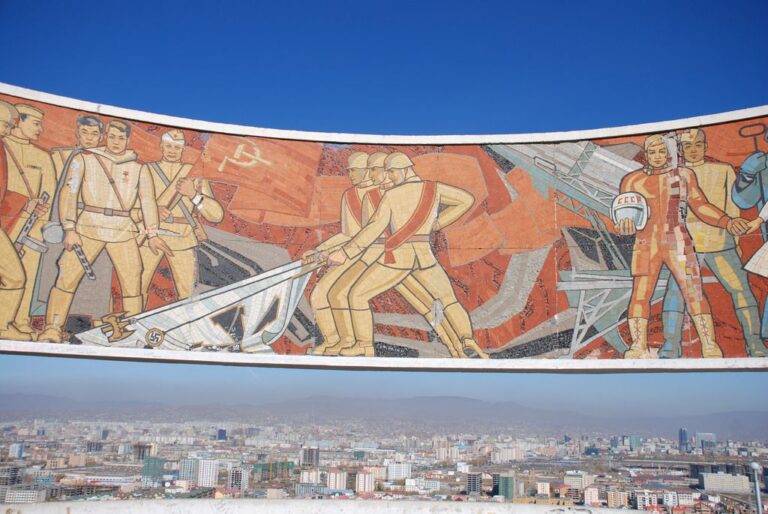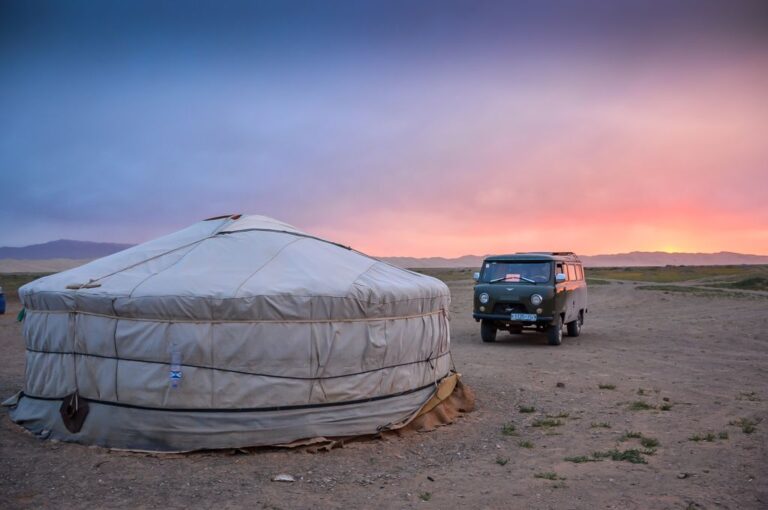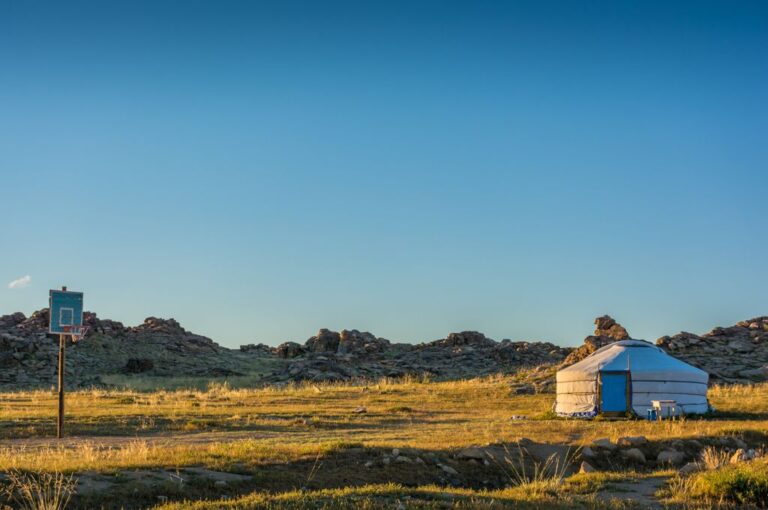Table of Contents
Let’s admit it, the culinary reputation of Mongolian cuisine is rather poor. After being a month in Mongolia, we can confirm that any variation in Mongolian food is lacking. Main ingredients are meat and starch products. Vegetables and fruits are expensive (e.g., a kilo of tangerines in the supermarket was €9) and are therefore left out of most meals. With this blog post, we try to sketch you an image on the typical mongolian food and dishes you can expect when traveling to Mongolia.
Number one Mongolian food: Meat!
Yak, goat, mutton, camel, horse, … It’s all on the menu! In contrast to Europe, where meat is offered in nicely cut fillets, Mongolian people consume almost the entire animal, including the intestines, the head, the eyes, … Different starch products like noodles, rice, potatoes, pasta, … accompany the meat.
One traditional dish we tasted was khuushuur (you can find it as streetfood in Ulaanbaatar): deep fried dumplings filled with mutton and onions. We also tried khorkog during our tour in the Gobi desert: In this case, the mutton (together with some vegetables) gets cooked with the help of stones, being preheated in a fire.
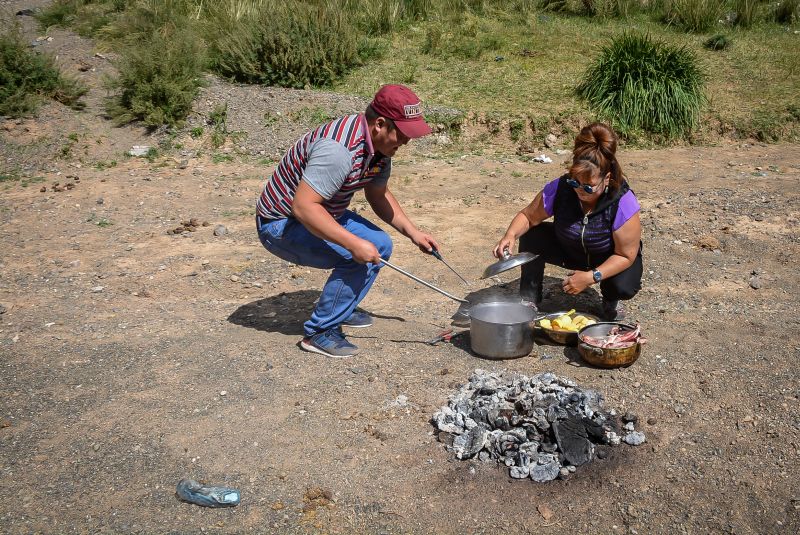
Dairy products
Nomadic families, that make up half of the Mongolian people, live from their livestock. They rely on it for meat, but also for milk. And they use this milk (whether it is goat milk, yak milk, sheep milk, camel milk or horse milk) to produce different types of end products.
- Yoghurt
- Suutei tsai, also known as Mongolian salty tea with milk. The recipe calls for one quart of water, one quart of milk, a tablespoon of green tea, and one teaspoon of salt. Every nomadic family you will ever visit offers you this drink.
- Oröm, also known as clotted cream
- Butter
- Curd (aarul): It does look like fudge, but unfortunately, the taste is completely different. Leftovers from yoghurt are put back on the stove. This results in a process where the milk proteins are tangled into solid masses. Children eat it while watching television.
- Milk liquor (shimiin arkhi) and of course the most famous drink of Mongolia, the airag (fermented mare’s milk). Be careful not to drink too much airag, as this is quite hard for the stomach.
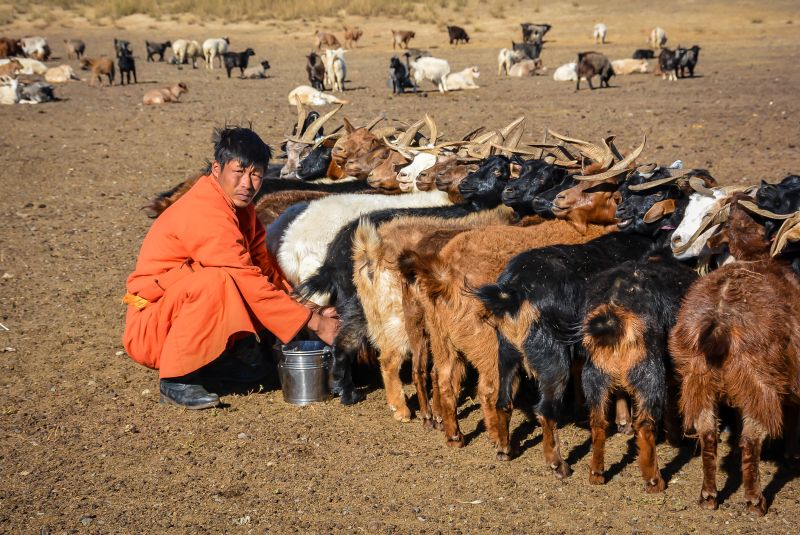
Pastry
On special occasions, like when receiving guests or at ceremonies, pastry cookies make part of Mongolian food. The Mongolian name is “Boortsog”. It’s deep fried in mutton fat and served with sugar, butter or yak cream.
Alcoholic drinks
Although you can find an extended variety of beer, wine and liquor, the most consumed alcoholic drink remains vodka. It’s by far the most cheapest drink compared to other spirits (around 4 euro per bottle, or 8 euro if you prefer the premium brand “Chinggis”). We experienced that adding a bottle of vodka to your packing list is a wise decision if you’re planning to dine with Nomadic families. Not only for showing your appreciation to the family, but also to calm down your “Mongolian stomach”.
In short: Mongolian cuisine won’t score a Michelin star all too soon, but it’s certainly an experience for your taste buds.
